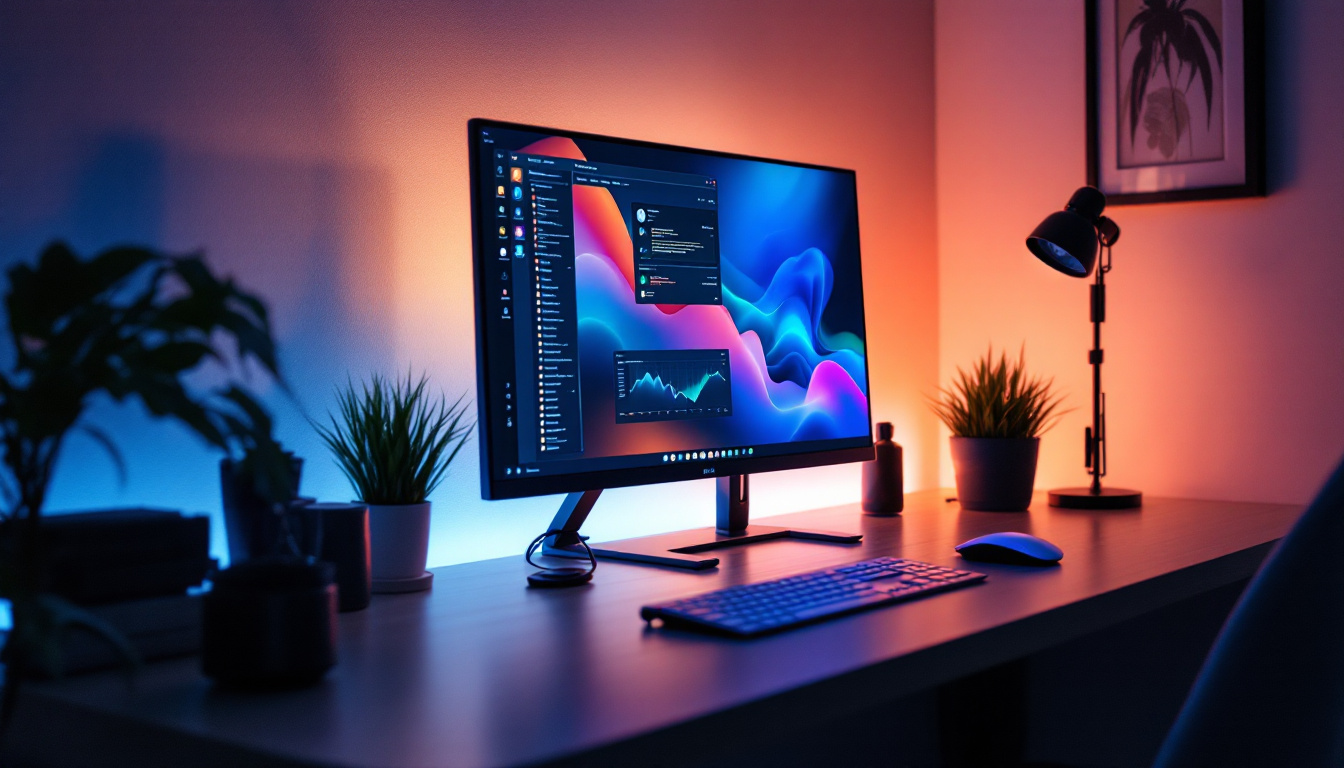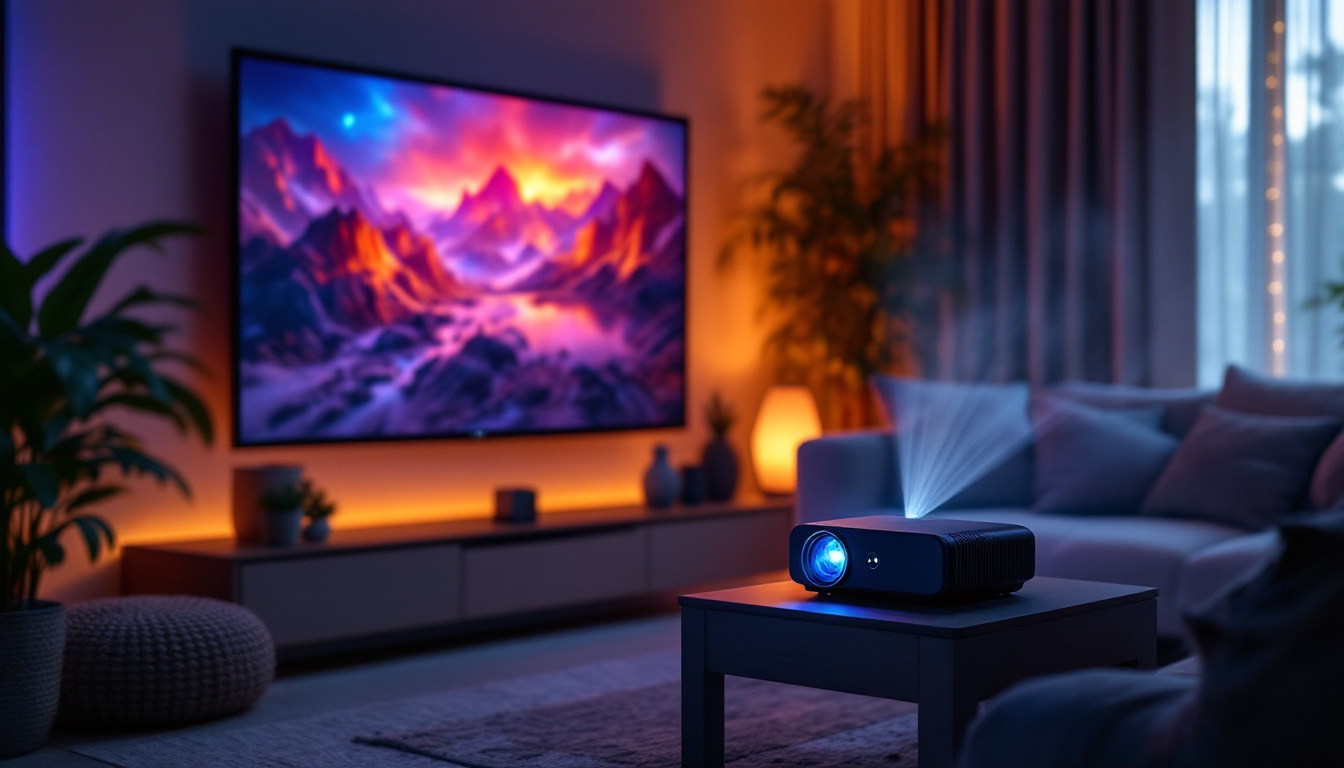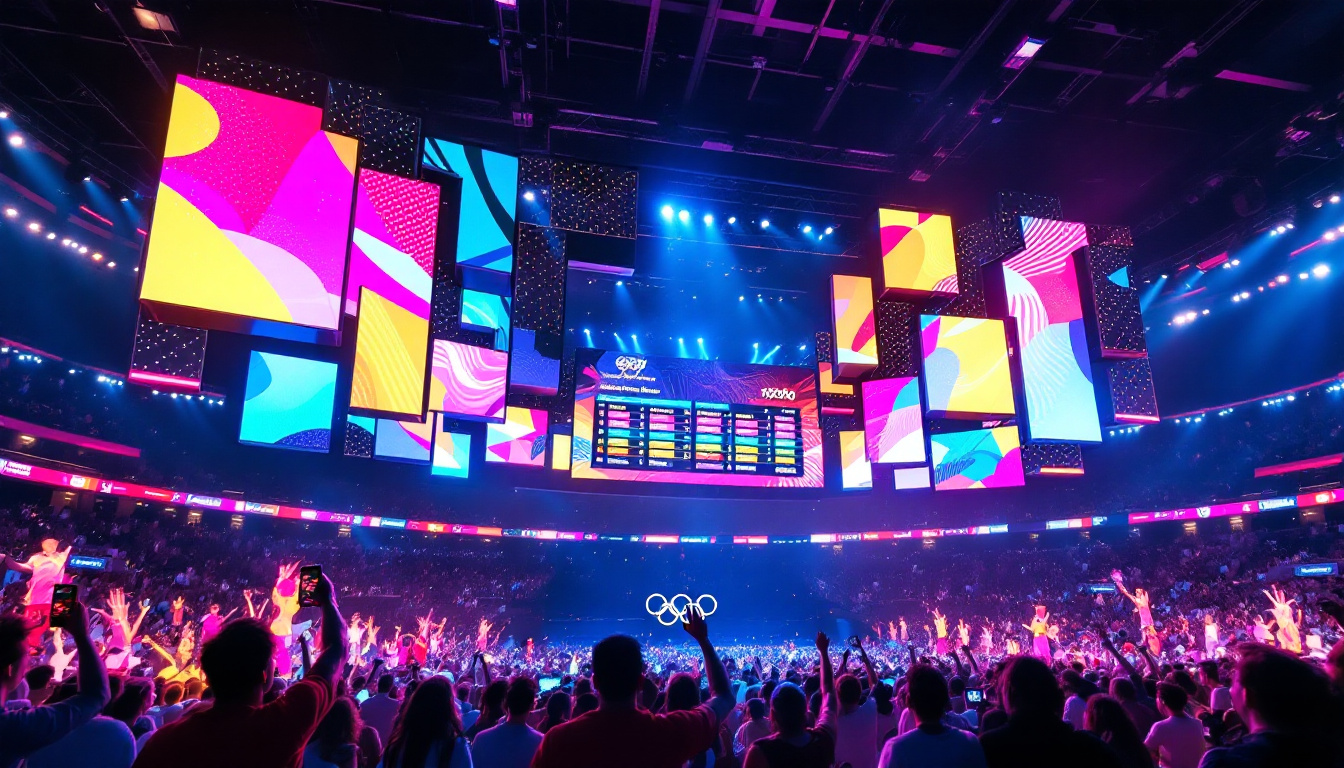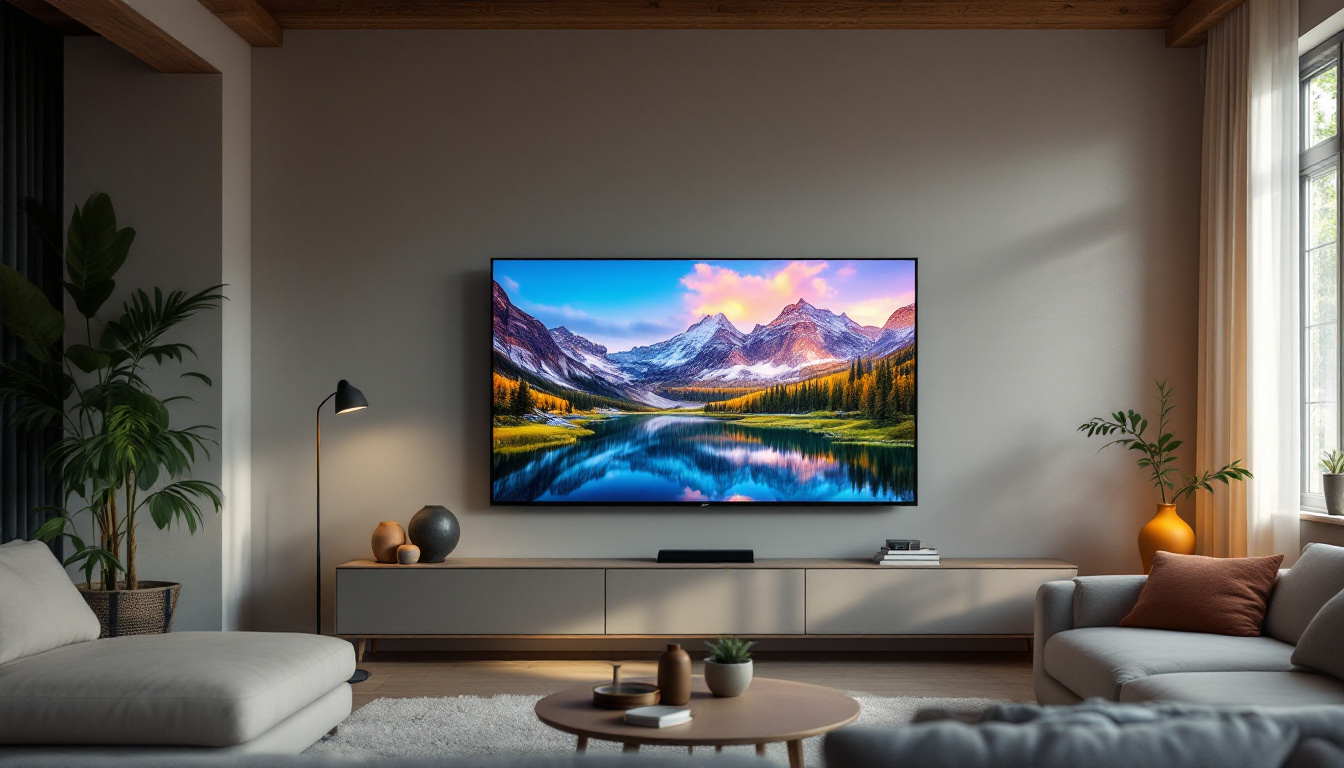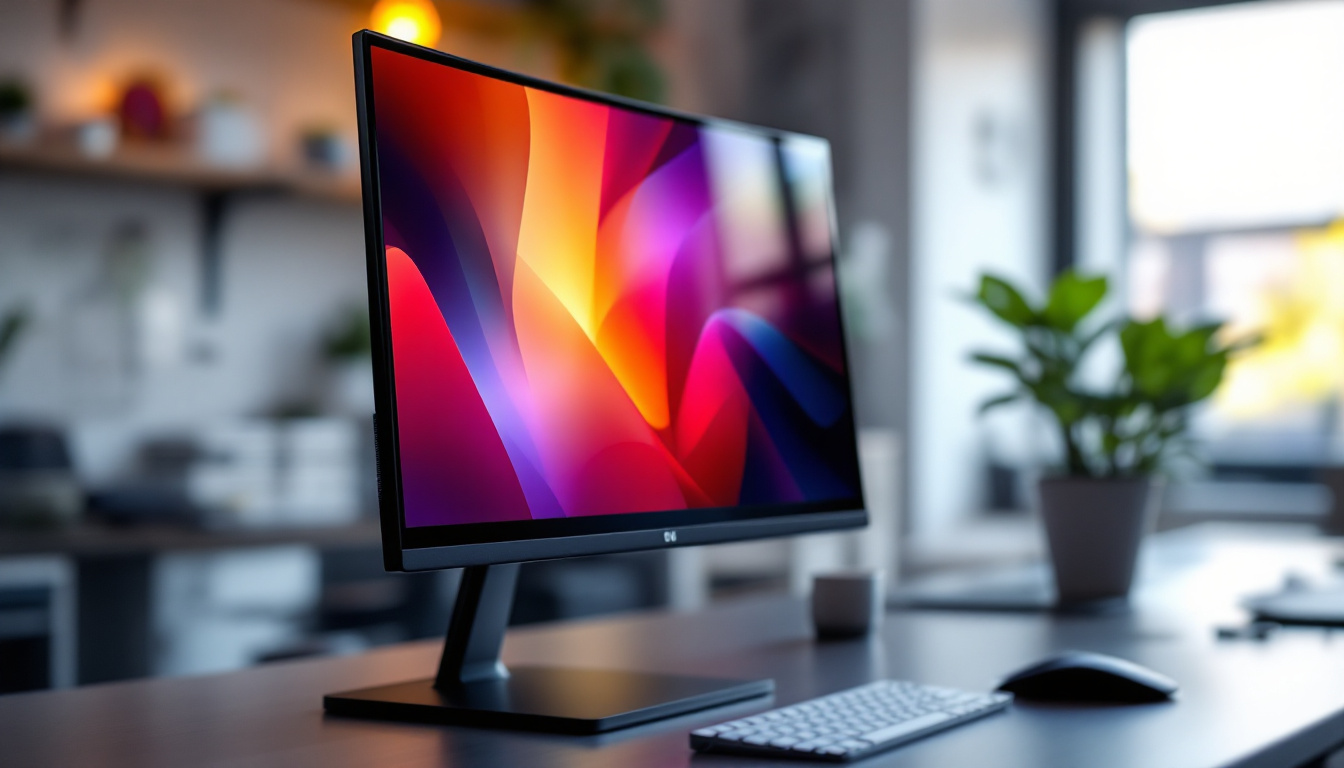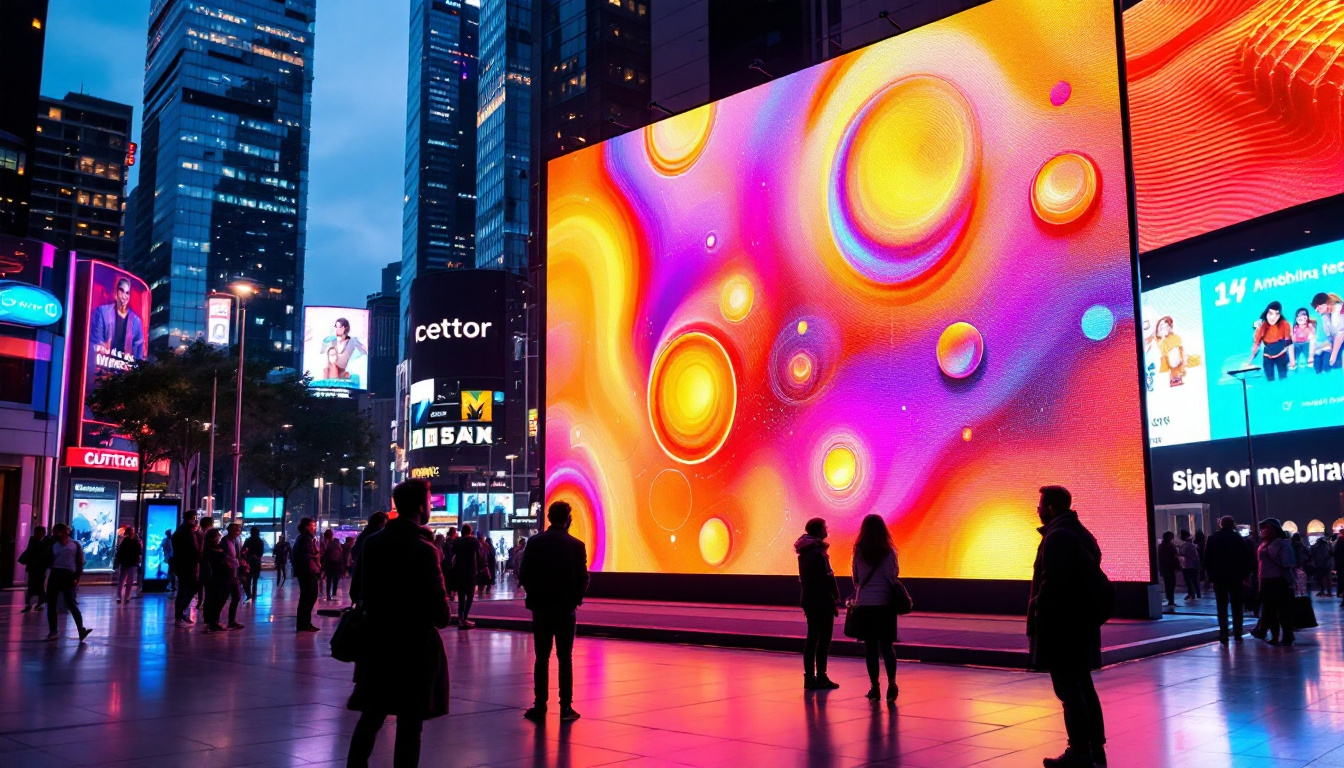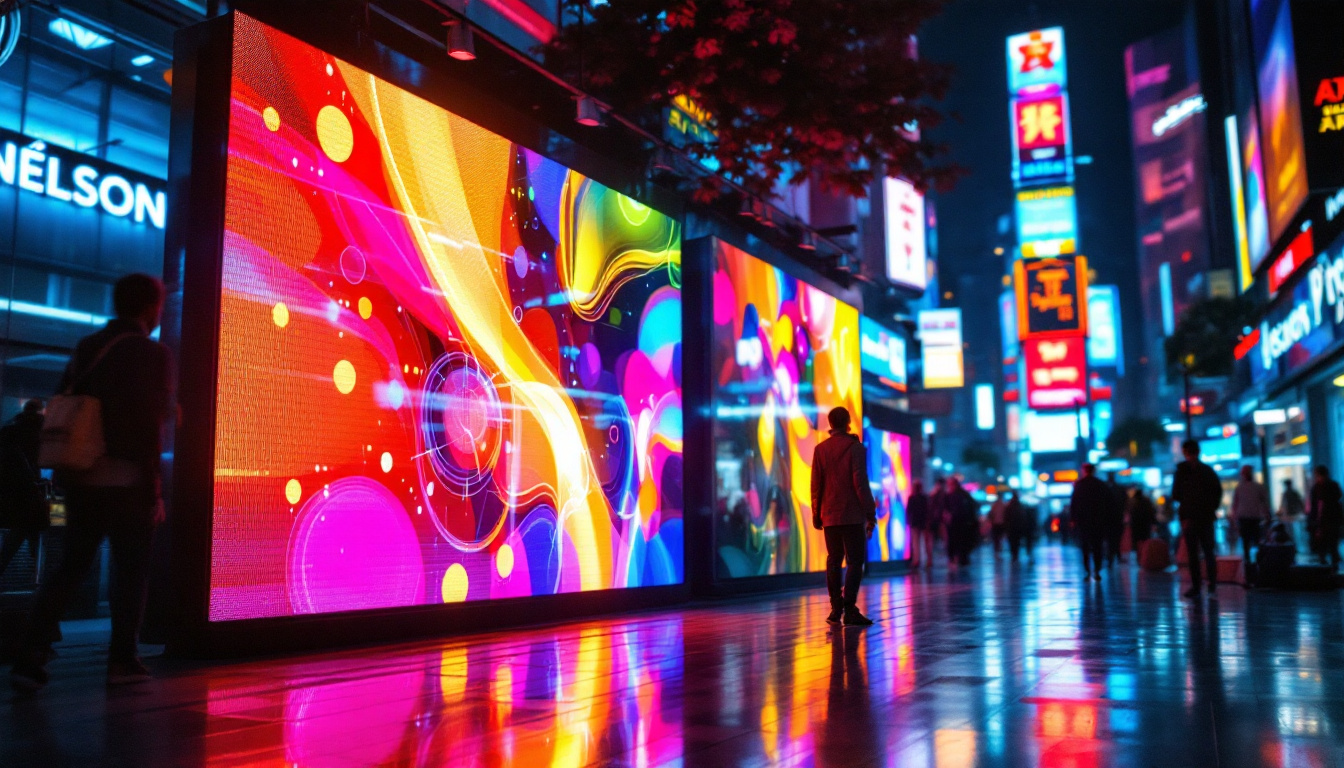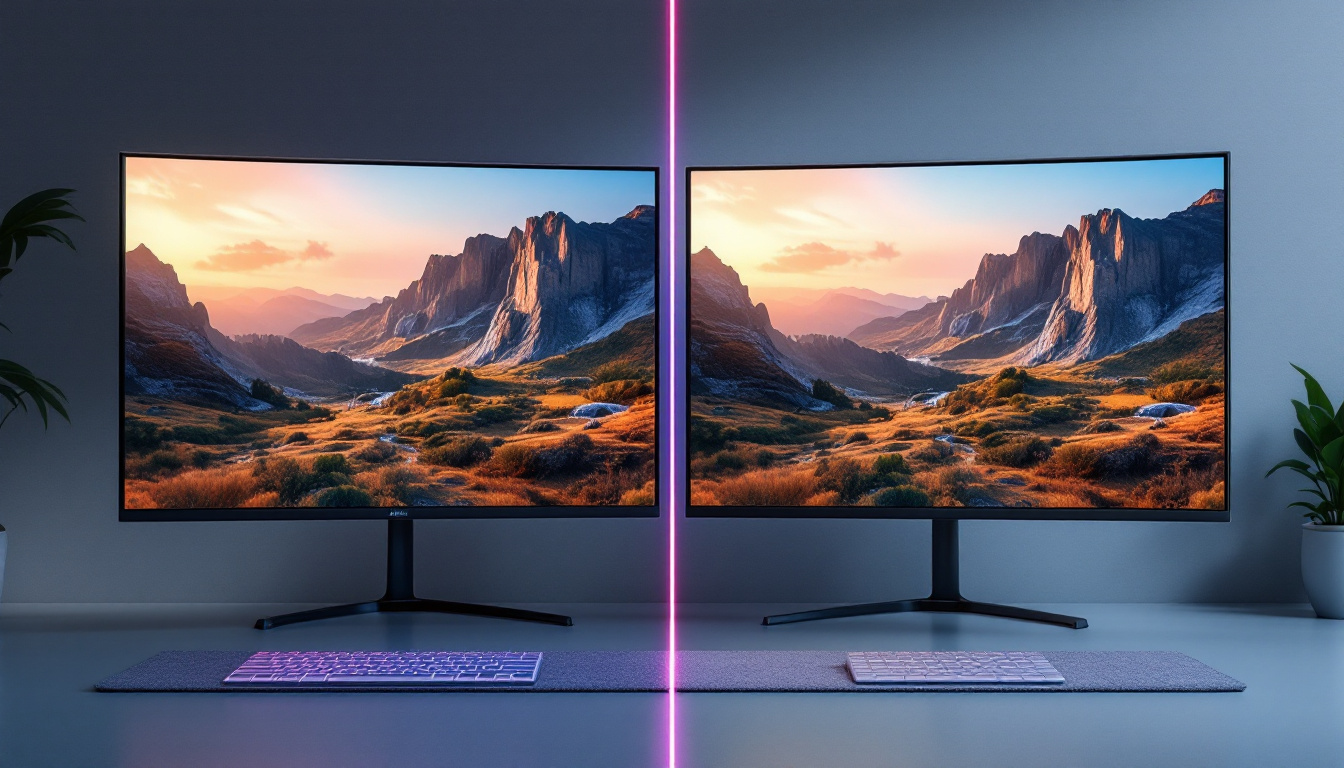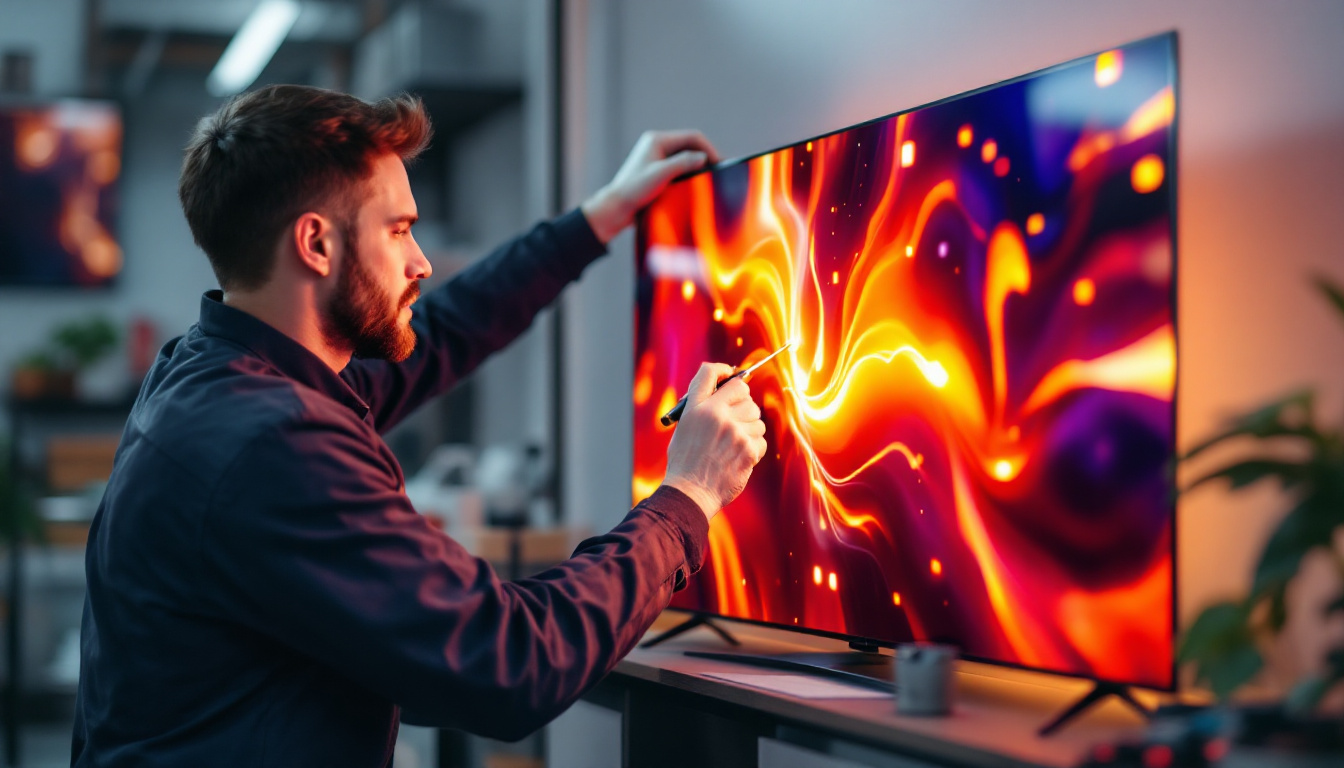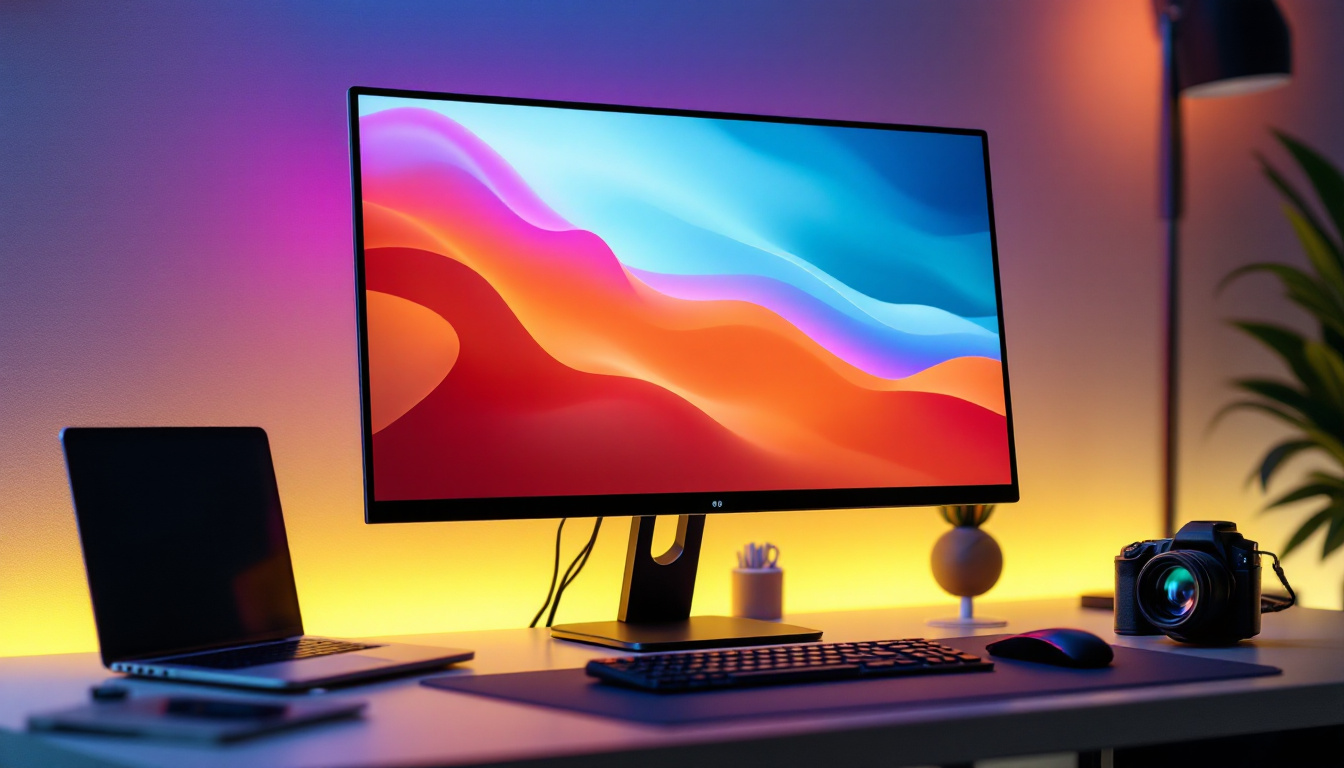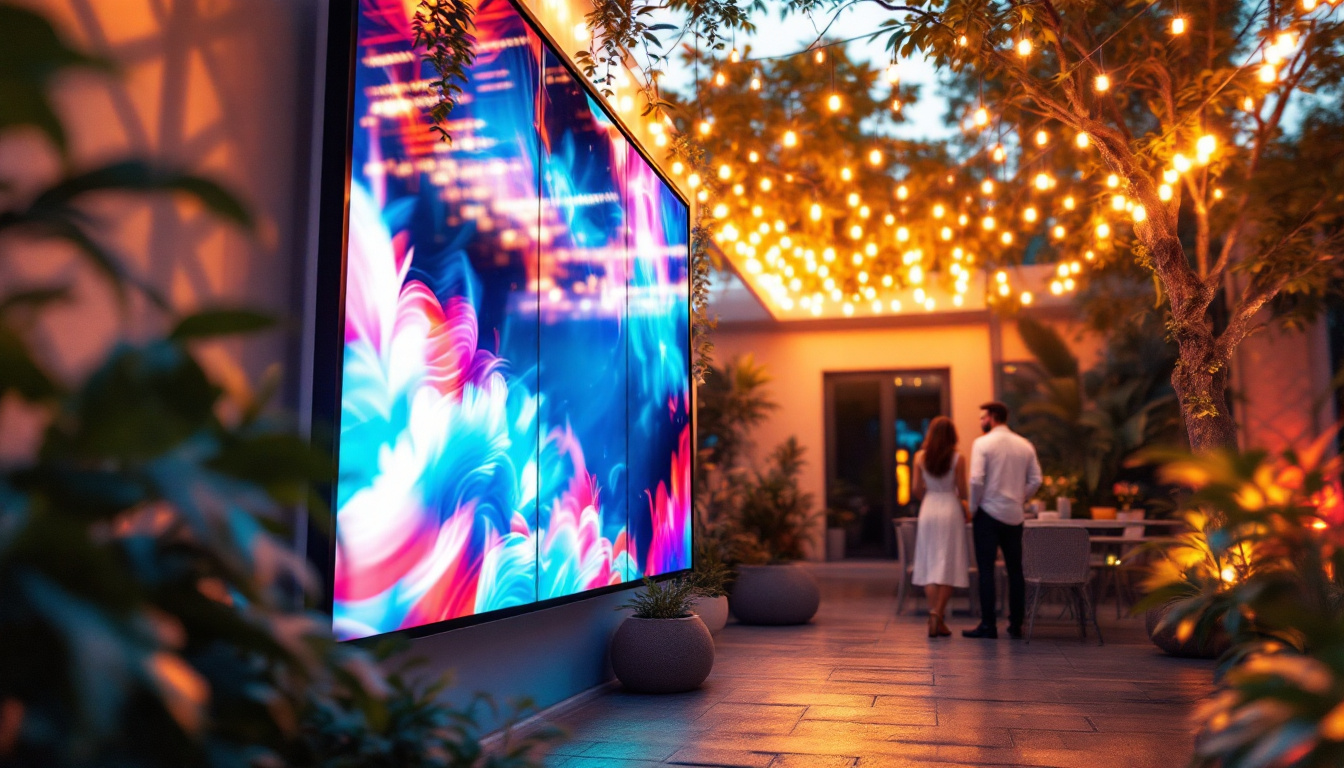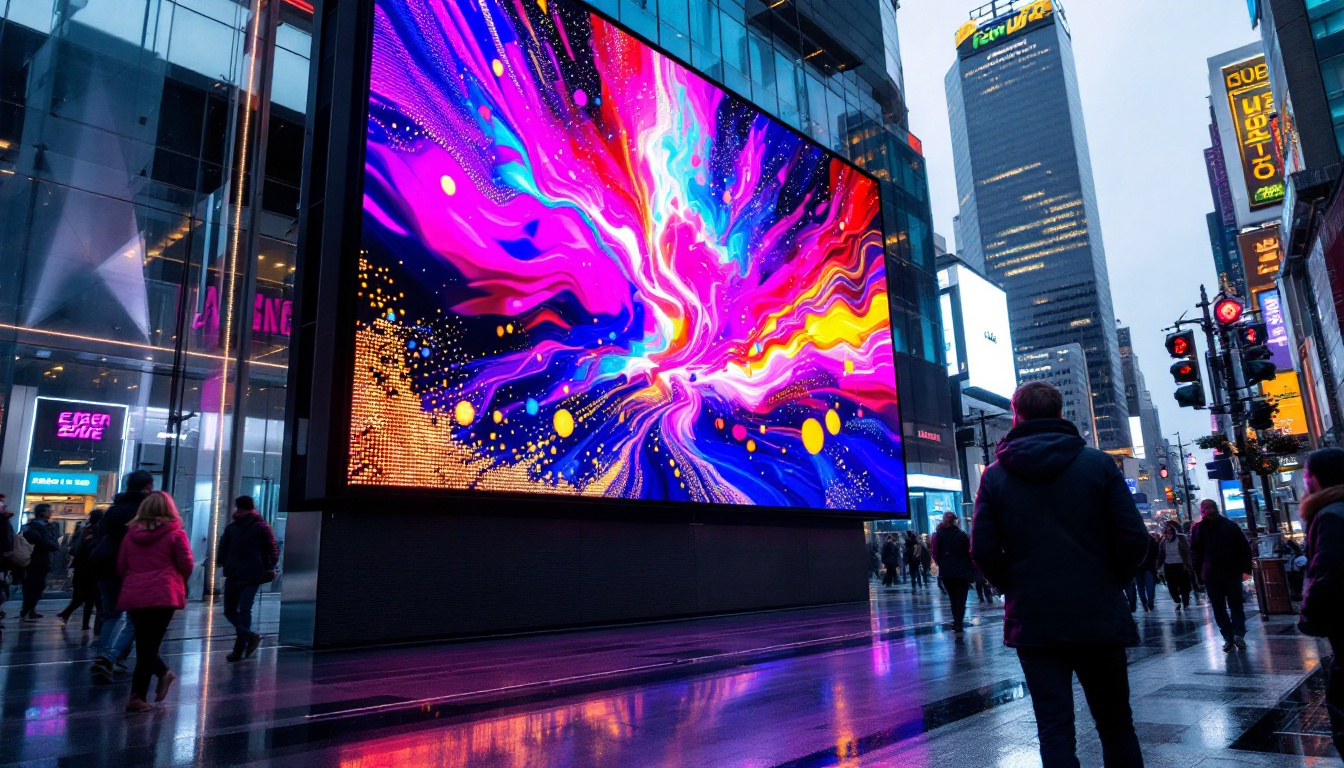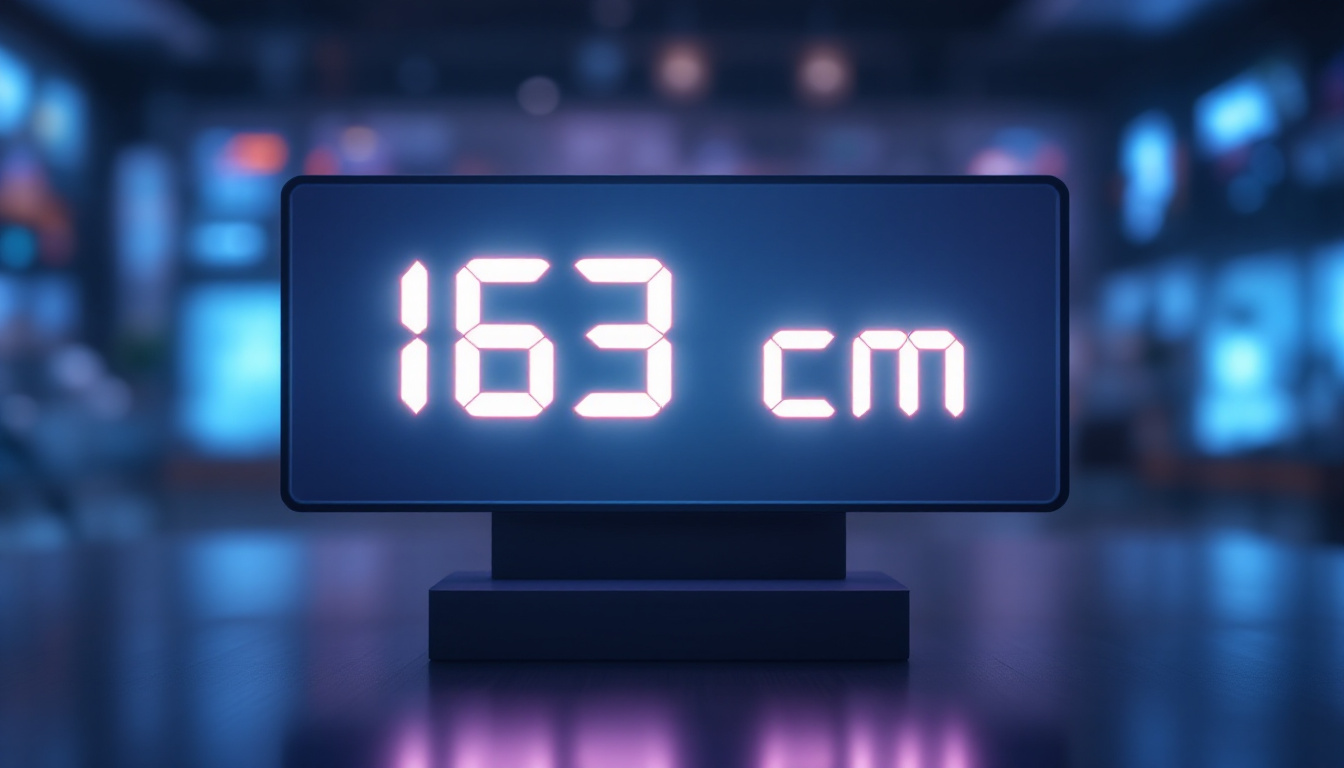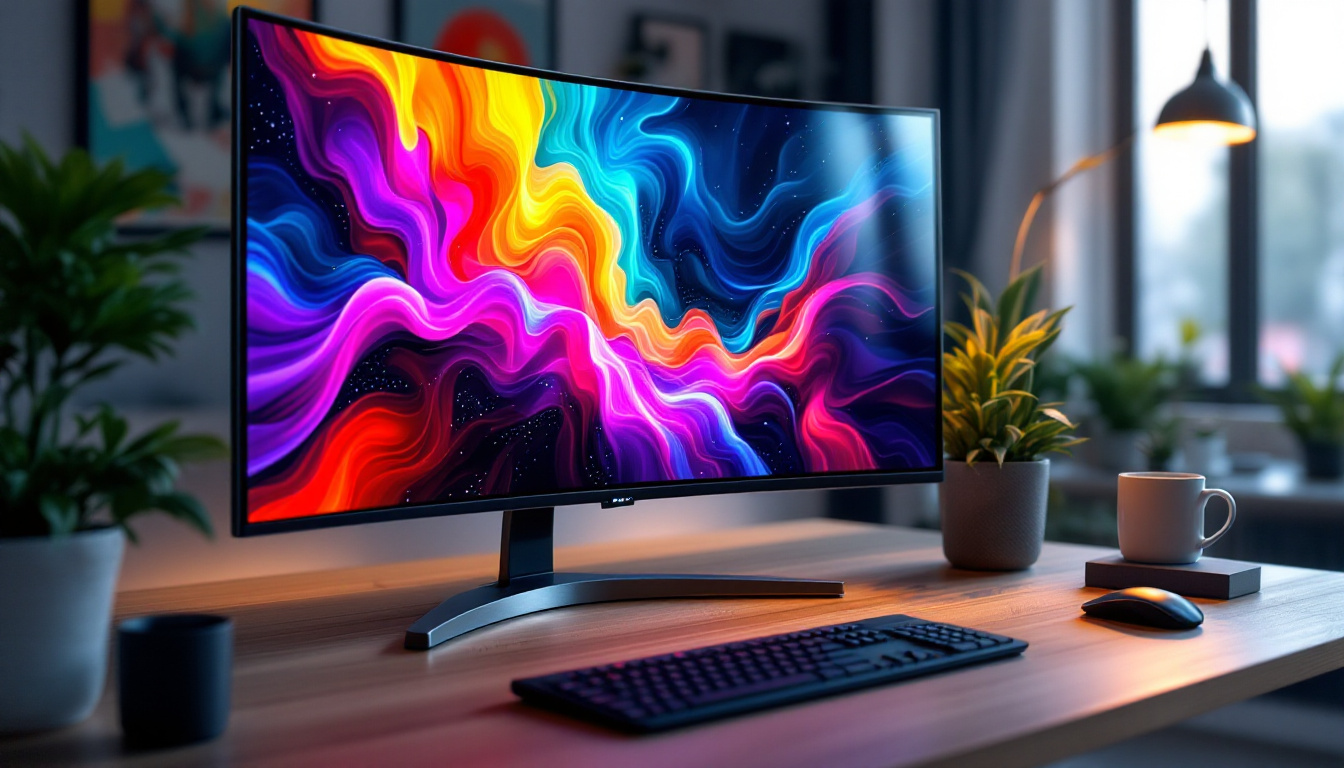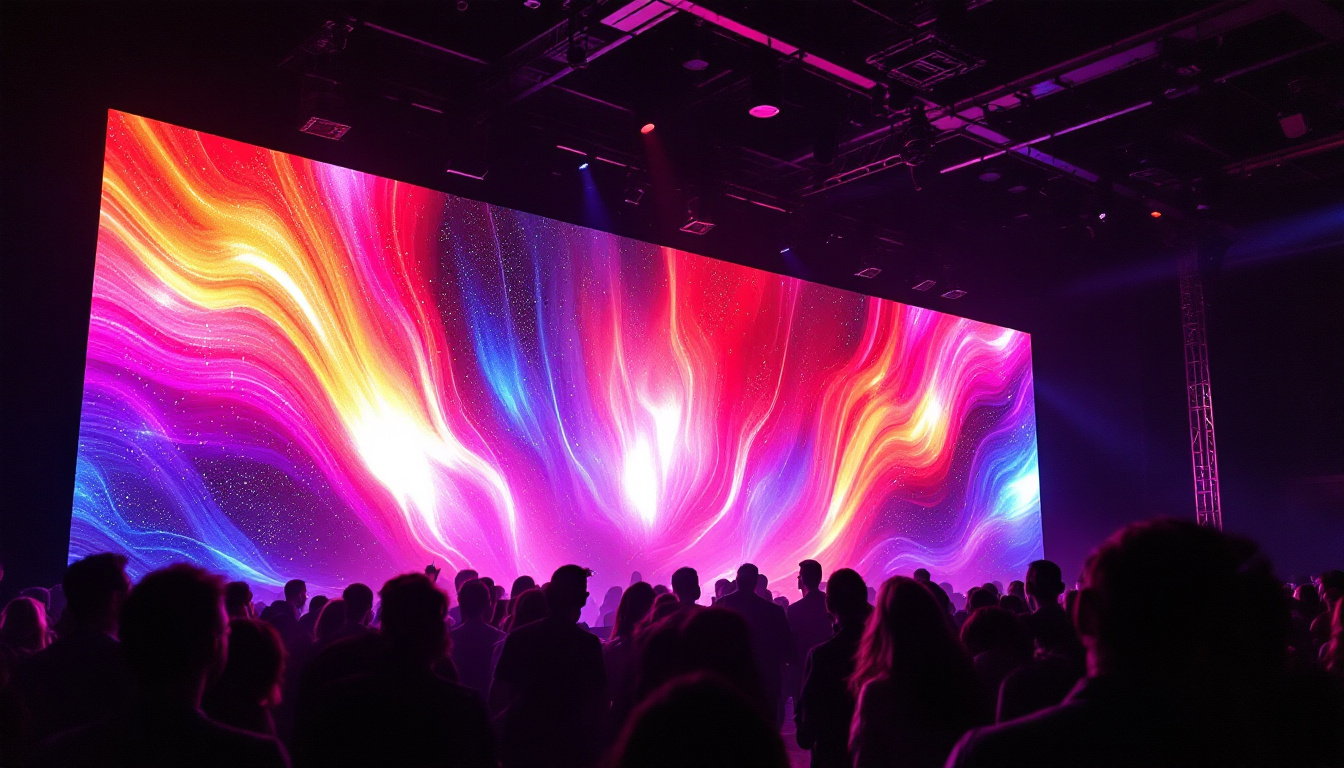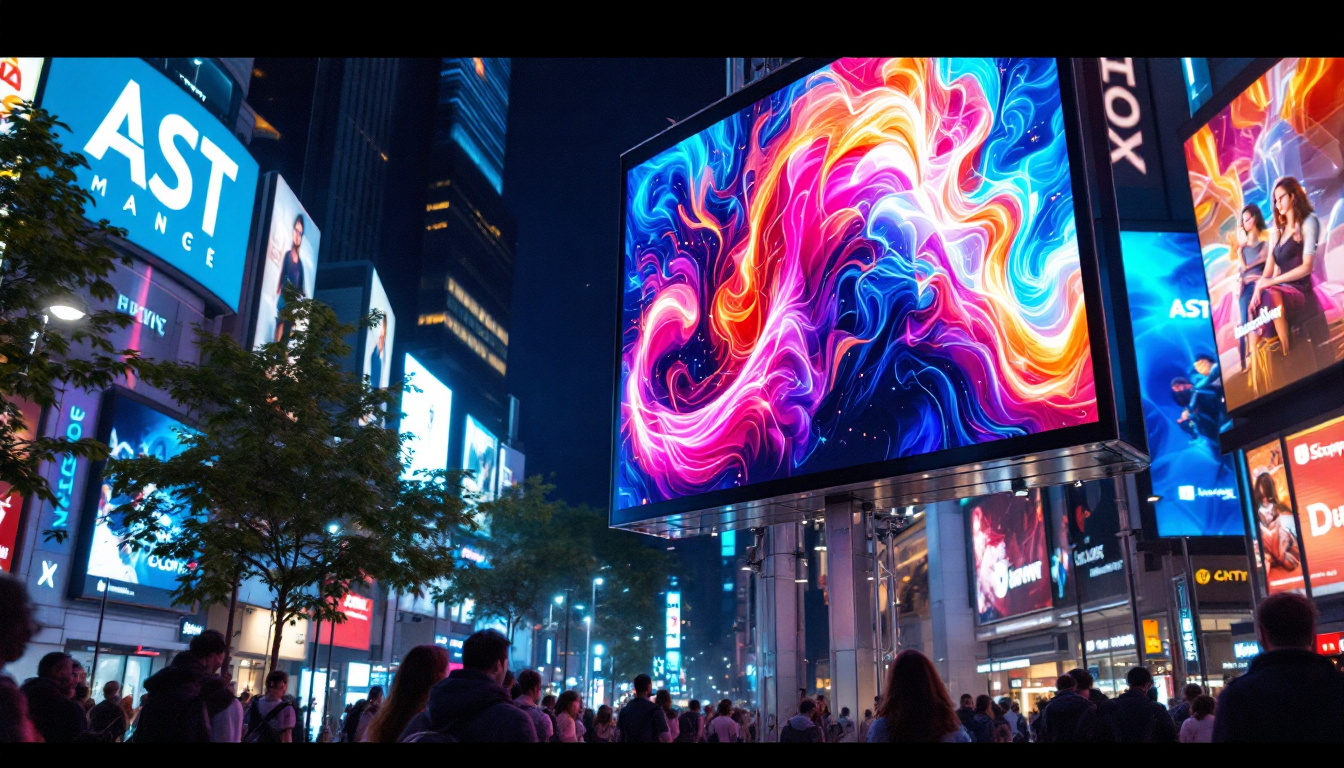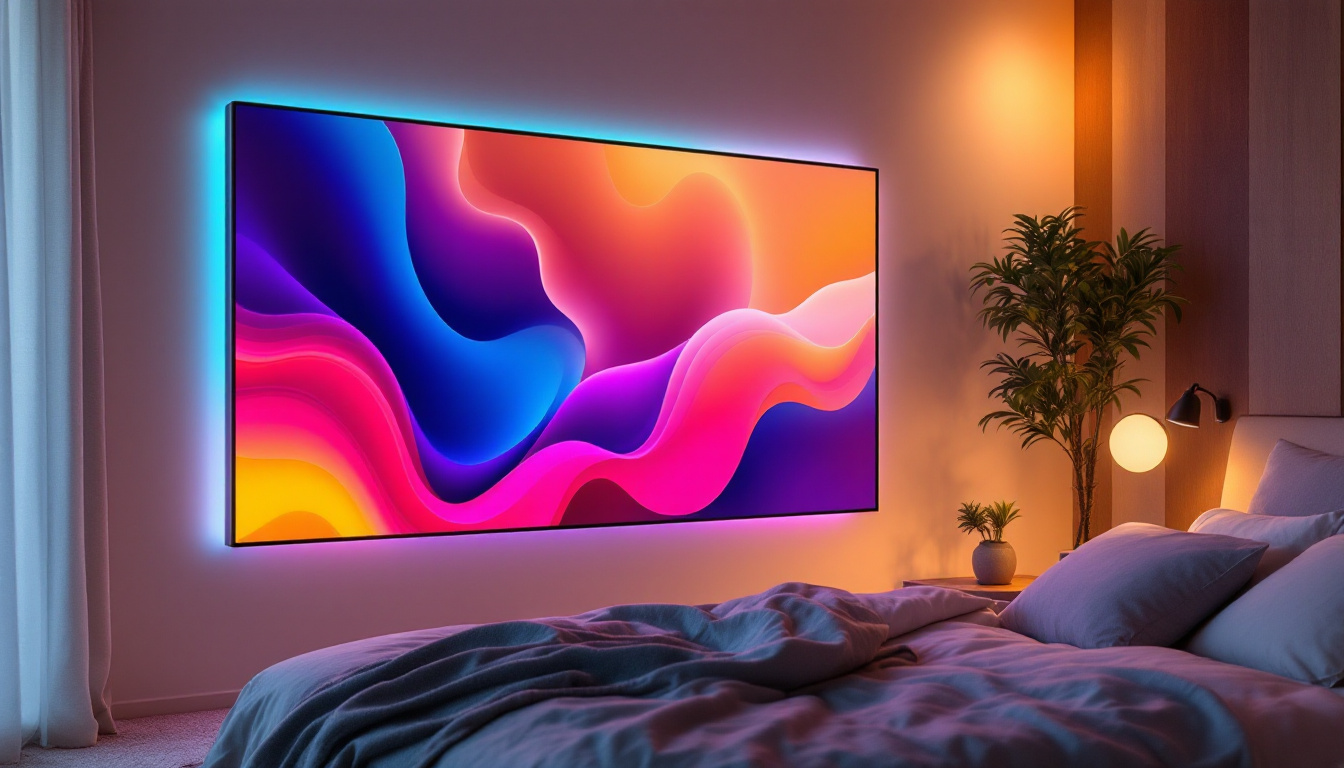In today’s digital age, desk monitors have become an essential component of both personal and professional setups. With the rapid evolution of display technology, understanding the nuances of LED displays is crucial for making informed purchasing decisions. This article delves into the intricacies of LED monitors, exploring their benefits, types, and key features that set them apart in the market.
Understanding LED Technology
LED, or Light Emitting Diode, technology has revolutionized the way displays are designed and manufactured. Unlike traditional LCD monitors that utilize fluorescent backlighting, LED monitors leverage tiny diodes to produce light. This fundamental difference results in various advantages, including improved energy efficiency, better color accuracy, and enhanced contrast ratios.
How LED Monitors Work
The operation of LED monitors is rooted in the principles of semiconductor technology. Each pixel on the screen is made up of red, green, and blue sub-pixels, which can be individually controlled to produce a wide spectrum of colors. When electricity passes through these diodes, they emit light, allowing for brighter displays and deeper blacks compared to their LCD counterparts.
There are two primary types of LED backlighting: edge-lit and full-array. Edge-lit monitors have LEDs placed along the edges of the screen, while full-array monitors feature a grid of LEDs behind the entire display. This distinction plays a significant role in the overall picture quality and performance of the monitor. Full-array LED displays, for instance, can employ local dimming, where specific zones of the screen can be dimmed or brightened independently, resulting in even greater contrast and detail in darker scenes.
Benefits of LED Displays
LED displays offer numerous advantages that make them a popular choice among consumers and professionals alike. One of the most notable benefits is their energy efficiency. LED monitors consume significantly less power than traditional displays, leading to reduced electricity bills and a smaller carbon footprint.
In addition to energy savings, LED monitors provide superior brightness and contrast. The ability to achieve deeper blacks and brighter whites enhances the viewing experience, making them ideal for tasks that require precise color accuracy, such as graphic design and video editing. Furthermore, the longevity of LED technology is impressive; these displays typically last much longer than their LCD counterparts, often exceeding 50,000 hours of usage. This durability not only contributes to lower replacement costs but also aligns well with sustainable practices, as fewer devices end up in landfills over time.
Moreover, LED technology has advanced to include features such as HDR (High Dynamic Range), which further enhances the color range and contrast, providing a more lifelike viewing experience. This is particularly beneficial for content creators and gamers who seek the most immersive visuals possible. Additionally, the compact size of LED components allows for thinner and lighter displays, making them more versatile for various applications, from sleek home entertainment systems to portable devices. As technology continues to evolve, the integration of LED displays in everyday life is likely to expand, offering even more innovative solutions for consumers and industries alike.
Types of LED Monitors
When it comes to LED monitors, there are several types available, each catering to different needs and preferences. Understanding these types can help users choose the right monitor for their specific applications.
IPS (In-Plane Switching) Monitors
IPS monitors are renowned for their exceptional color reproduction and wide viewing angles. Unlike other types of LED displays, IPS technology allows for consistent colors across the screen, making them ideal for creative professionals who require accurate color representation. Whether working on photo editing or graphic design, IPS monitors deliver vibrant visuals that remain true to life.
However, IPS monitors may come at a higher price point compared to other options. Their response times are also generally slower, which can be a consideration for gamers who prioritize fast refresh rates and minimal motion blur.
TN (Twisted Nematic) Monitors
TN monitors are often favored by gamers due to their fast response times and high refresh rates. This technology allows for quick pixel transitions, reducing motion blur during fast-paced gaming scenarios. However, TN monitors typically have poorer color accuracy and narrower viewing angles compared to IPS displays.
For users who prioritize performance over color fidelity, TN monitors can be an excellent choice. They are usually more affordable, making them accessible for budget-conscious gamers and casual users alike.
VA (Vertical Alignment) Monitors
VA monitors strike a balance between the strengths of IPS and TN displays. They offer better contrast ratios than TN monitors, resulting in deeper blacks and more vibrant colors. While their response times are not as fast as TN displays, they still provide satisfactory performance for most users, including gamers and general office work.
VA monitors are an excellent option for those who want a versatile display that can handle various tasks, from gaming to multimedia consumption.
Key Features to Consider
When selecting an LED monitor, several key features should be taken into account. These features can significantly impact the overall user experience and performance of the display.
Resolution
Resolution refers to the number of pixels displayed on the screen, and it plays a crucial role in determining image clarity. Common resolutions include Full HD (1920×1080), Quad HD (2560×1440), and 4K Ultra HD (3840×2160). Higher resolutions provide sharper images, making them ideal for tasks that require detailed visuals, such as graphic design or video editing.
For general office work and casual use, a Full HD resolution may suffice. However, professionals working with high-definition content may benefit from investing in a higher resolution monitor for enhanced clarity and detail.
Refresh Rate
The refresh rate, measured in hertz (Hz), indicates how many times the screen refreshes its image per second. A higher refresh rate results in smoother motion, which is particularly beneficial for gaming and fast-paced video content. Standard refresh rates are typically 60Hz, but many gaming monitors offer rates of 120Hz, 144Hz, or even higher.
For gamers, a higher refresh rate can provide a competitive edge, reducing motion blur and improving overall responsiveness. Casual users may find that a standard refresh rate is sufficient for everyday tasks.
Connectivity Options
Modern LED monitors come equipped with various connectivity options, including HDMI, DisplayPort, USB-C, and VGA. The availability of these ports can influence compatibility with different devices, such as laptops, gaming consoles, and desktops. Ensuring that a monitor has the necessary ports for connecting to existing devices is essential for a seamless setup.
Additionally, some monitors feature built-in USB hubs, allowing users to connect peripherals directly to the monitor, reducing cable clutter on the desk.
Ergonomics and Design
In addition to performance features, the ergonomics and design of a monitor play a significant role in user comfort and aesthetics. Many monitors now come with adjustable stands that allow users to modify the height, tilt, and swivel of the display, promoting better posture and reducing strain during long hours of use.
Screen Size
Screen size is a critical consideration when selecting a monitor. Larger screens can enhance productivity by providing more screen real estate for multitasking. However, users should also consider the distance from which they will be viewing the monitor. A screen that is too large for a small desk can lead to discomfort and eye strain.
For general office work, a screen size between 24 to 27 inches is often recommended. Gamers and creative professionals may prefer larger displays to fully immerse themselves in their content.
Bezel Size
Bezel size refers to the border surrounding the display. Thinner bezels create a more modern look and allow for a more immersive viewing experience, especially when using multiple monitors in a setup. Many manufacturers now offer ultra-thin bezels, making it easier to create a seamless multi-monitor workspace.
Choosing the Right Monitor for Your Needs
With the myriad of options available, selecting the right LED monitor can be a daunting task. Identifying specific needs and preferences is the first step toward making an informed decision.
For Gamers
Gamers should prioritize monitors with high refresh rates, low response times, and adaptive sync technologies such as NVIDIA G-Sync or AMD FreeSync. These features ensure smooth gameplay and reduce screen tearing, enhancing the overall gaming experience. Additionally, a monitor with a fast response time will minimize motion blur, which is crucial during fast-paced gaming sessions.
For Creative Professionals
Creative professionals, such as graphic designers and video editors, should focus on monitors with high color accuracy and wide viewing angles. IPS displays are often the preferred choice due to their ability to reproduce colors accurately. Furthermore, a monitor with a higher resolution will provide the detail necessary for precise editing work.
For General Use
For everyday tasks such as browsing the web, working on documents, or streaming videos, a standard Full HD monitor with a comfortable screen size will suffice. Users should also consider ergonomic features, such as adjustable stands and blue light filters, to enhance comfort during extended use.
Conclusion
LED monitors have transformed the way users interact with digital content, offering a range of benefits that cater to various needs. From gamers seeking high performance to professionals requiring accurate color reproduction, there is an LED monitor for everyone. By understanding the different types of LED displays, key features, and specific use cases, users can make informed decisions that enhance their computing experience.
As technology continues to advance, the landscape of desk monitors will undoubtedly evolve. Staying informed about the latest trends and innovations in LED display technology will ensure that users are well-equipped to choose the perfect monitor for their needs. Whether for work, play, or creative endeavors, the right LED monitor can significantly enhance productivity and enjoyment in the digital realm.
Discover the Future of Visual Display with LumenMatrix
Ready to elevate your visual experience with the latest in LED display technology? Look no further than LumenMatrix, where innovation meets excellence. Our extensive range of LED display solutions, from Indoor and Outdoor LED Wall Displays to specialized options like Vehicle, Sports, and Floor LED Displays, is designed to bring your content to life. Whether you’re looking to create a dynamic advertising platform, enhance your workspace, or captivate an audience at an event, LumenMatrix has the cutting-edge technology to make it happen. Don’t miss out on the opportunity to transform your visual communication. Check out LumenMatrix LED Display Solutions today and see the difference for yourself!

